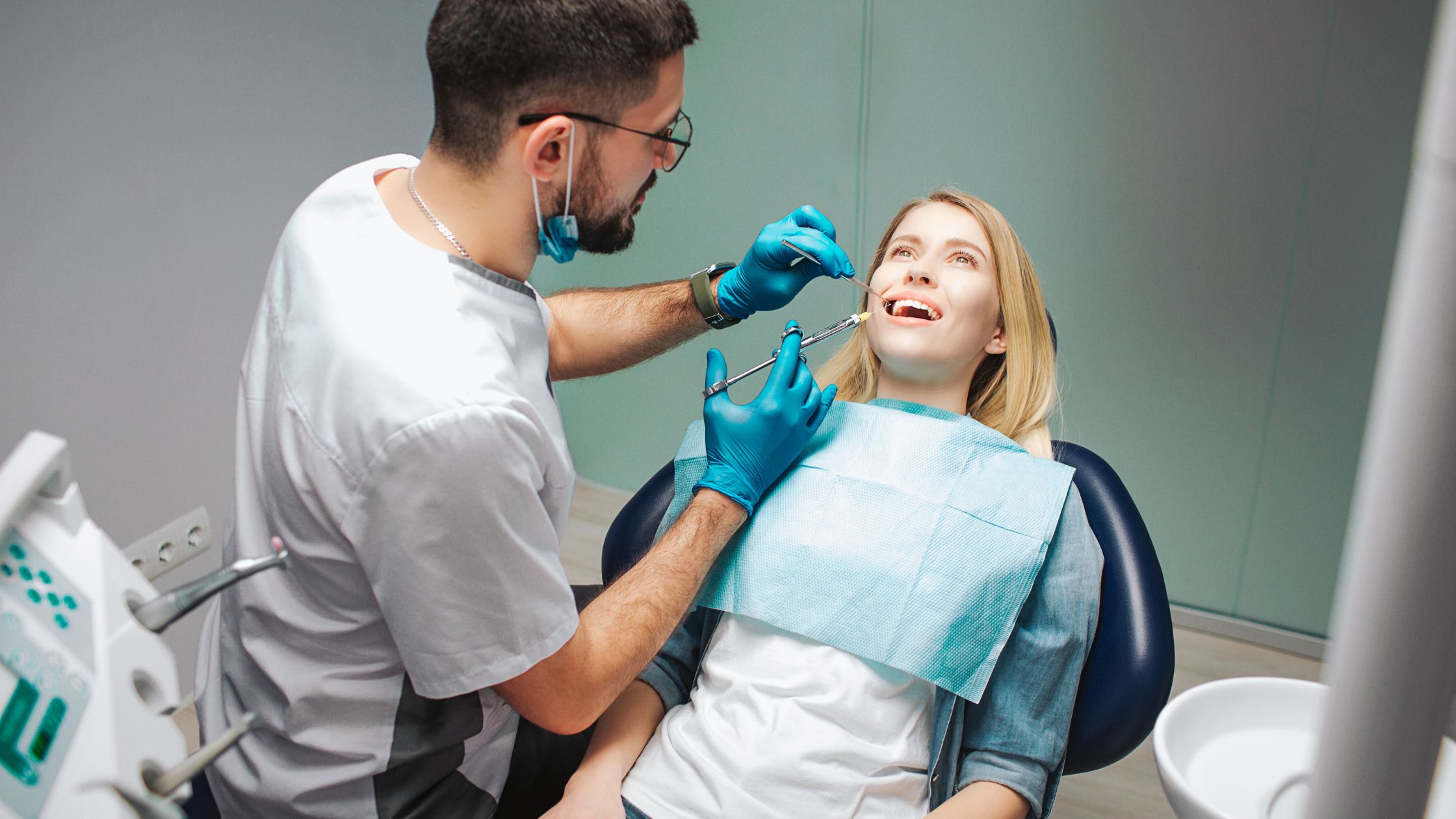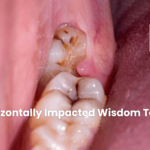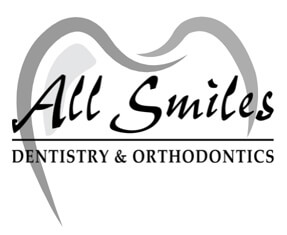
August 1, 2023
Maintaining healthy gums is essential for overall oral health. However, various factors such as gum recession, periodontal disease, or trauma can result in gum recession, leaving the roots of your teeth exposed and vulnerable. Fortunately, gum grafting procedure is a highly effective in restoring gum tissue and protecting your teeth. In this blog post, we will explore the truth about gum grafting, including what it entails, when it is needed, and the benefits it can offer. Join us on the path to improved oral health.
Gum grafting, also known as a gingival graft, is a surgical procedure that involves moving healthy gum tissue from one part of the mouth (donor site) to another area that has experienced gum recession (recipient site). The purpose of gum grafting is to cover exposed tooth roots and restore gum tissue, preventing further recession and protecting the teeth from sensitivity, decay, and potential loss.

Gum recession can be caused by factors such as aggressive brushing, periodontal disease, genetics, or certain medications. If left untreated, it can lead to tooth sensitivity, increased risk of decay, and tooth loss. Gum grafting is necessary to prevent further recession and protect the exposed roots.
Receded gums can lead to tooth sensitivity, particularly to hot, cold, or sweet foods and beverages. Gum grafting can reduce sensitivity by covering the exposed roots, providing relief, and improving your overall comfort.
Gum recession can affect the aesthetics of your smile, making your teeth appear longer and uneven. Gum grafting can enhance the appearance of your smile by creating a harmonious gumline and improving the balance between teeth and gums.
Read More: What to Know About Cavity Fillings and Procedure Work
The gum grafting procedure involves several steps:
Your dentist or periodontist will evaluate your oral health, discuss your goals, and determine if gum grafting is the right solution for you. They will explain the procedure, and potential risks, and answer any questions you may have.
Depending on the type of gum grafting procedure, the donor tissue may be obtained from the roof of your mouth (palate) or a tissue bank. The donor tissue is carefully prepared and shaped to match the recipient site.
The recipient site, where the gum tissue is recessed, is thoroughly cleaned and prepared for the grafting procedure.
The donor tissue is placed over the recipient site and carefully sutured into position using dissolvable stitches. This encourages the tissue to heal and integrate properly.
Your dentist will provide specific instructions on post-operative care, including proper oral hygiene, pain management, and follow-up appointments.
The cost of gum grafting can vary depending on several factors, including the extent of your gum recession, the type of graft used, and your location. It is essential to consult with your dentist or periodontist to receive an accurate estimate of the cost and explore any dental insurance coverage that may be available.
Taking care of your mouth after a gum graft is really important for healing. Here are some simple tips to follow:
With these simple steps, your gum graft will heal faster and feel better sooner.
Bonding and gum grafting are two distinct procedures that address different dental concerns:
Dental bonding is a cosmetic procedure used to repair chipped, cracked, or stained teeth. It involves applying a tooth-colored resin material to the affected tooth, which is then shaped and polished to match the natural tooth.
Dental bonding for gum recession may also be used in some cases to cover exposed roots, helping to reduce sensitivity and improve appearance, although it does not restore lost gum tissue.
Gum grafting, as mentioned earlier, is a surgical procedure that restores gum tissue and covers exposed tooth roots. It is specifically designed to address gum recession and prevent further complications associated with it.
Gum grafting is a highly effective procedure that can restore gum tissue, protect exposed roots, and improve overall oral health. Whether you are experiencing gum recession, tooth sensitivity, or cosmetic concerns, gum grafting offers a solution to address these issues. Consult with your dentist or periodontist to determine if gum grafting is the right path for you. By unlocking the truth about gum grafting, you can take positive steps towards achieving improved oral health and a confident smile.

The Hidden Risks of Medical Tourism in Dentistry




What to Expect After a Dental Filling

| M | T | W | T | F | S | S |
|---|---|---|---|---|---|---|
| 1 | 2 | 3 | 4 | 5 | 6 | |
| 7 | 8 | 9 | 10 | 11 | 12 | 13 |
| 14 | 15 | 16 | 17 | 18 | 19 | 20 |
| 21 | 22 | 23 | 24 | 25 | 26 | 27 |
| 28 | 29 | 30 | 31 | |||
